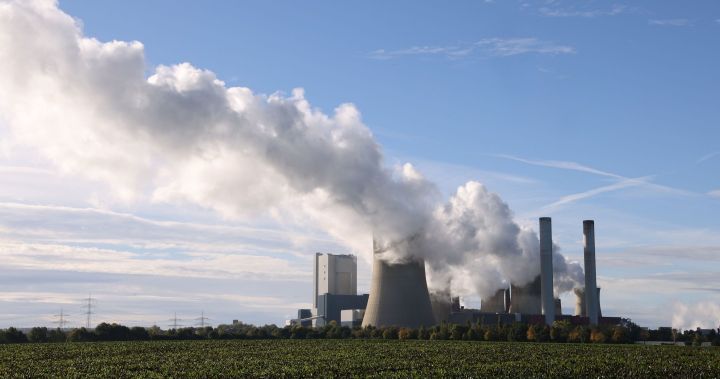
Coal makes a comeback as Europe tries to avoid an energy emergency
Coal makes a comeback as Europe tries to avoid an energy emergency

In Europe, higher prices for natural gas have helped revive demand for an alternative that had, until recently, fallen out of favor: coal.
Russia’s invasion of Ukraine, resulting European sanction, and the Kremlin’s decision to cut gas flows to the Continent have prompted a shift back to coal-fired power plants, despite the environmental impacts.
“European countries are desperately looking for alternatives to ensure that they can provide affordable energy,” said Sanya Carley, a professor at the O’Neill School of Public and Environmental Affairs at Indiana University.
Ahead of winter, some countries have removed caps on production at coal-fired energy plants.
“And in fact, they’re running several coal plants that they had previously planned to decommission or entirely retire,” Carley said.
Finland and France are among the nations that have brought mothballed coal-burning power plants back online.
At the same time, Europe is importing more coal, driving prices higher even though coal was supposed to be the cheaper alternative to gas.
Earlier this year, it seemed like a window of opportunity might be opening for coal producers in the United States, but that hasn’t quite panned out.
“There hasn’t been as much of a move to export coal even as it’s gotten more expensive overseas,” said Daniel Cohan, an associate professor of civil and environmental engineering at Rice University and author of the book “Confronting Climate Gridlock.”
For most of the last decade, coal prices languished, Cohan said.
“There have been a lot of bans on building new coal export terminals,” he said.
Plus, there’s a lack of infrastructure investments to send coal from the U.S. to Europe cheaply.
“There hasn’t been that much slack in U.S. markets to be able to export more of it to markets that need it,” Cohan said.
Exports were long touted by the coal industry as a way to stay viable, said Seth Feaster, analyst at the Institute for Energy Economics and Financial Analysis.
“Exports have never been the panacea that the coal industry has wanted to be,” Feaster said. “And I think that’s really shown here in the current conditions.”
Data from the U.S. Energy Information Administration show coal exports staying flat this year compared to 2021, even though American coal production is up slightly.
“What it really speaks to is that the long term structural decline of coal is still going on” as U.S. utilities keep on phasing coal out, Feaster said.
There’s a lot happening in the world. Through it all, Marketplace is here for you.
You rely on Marketplace to break down the world’s events and tell you how it affects you in a fact-based, approachable way. We rely on your financial support to keep making that possible.
Your donation today powers the independent journalism that you rely on. For just $5/month, you can help sustain Marketplace so we can keep reporting on the things that matter to you.










